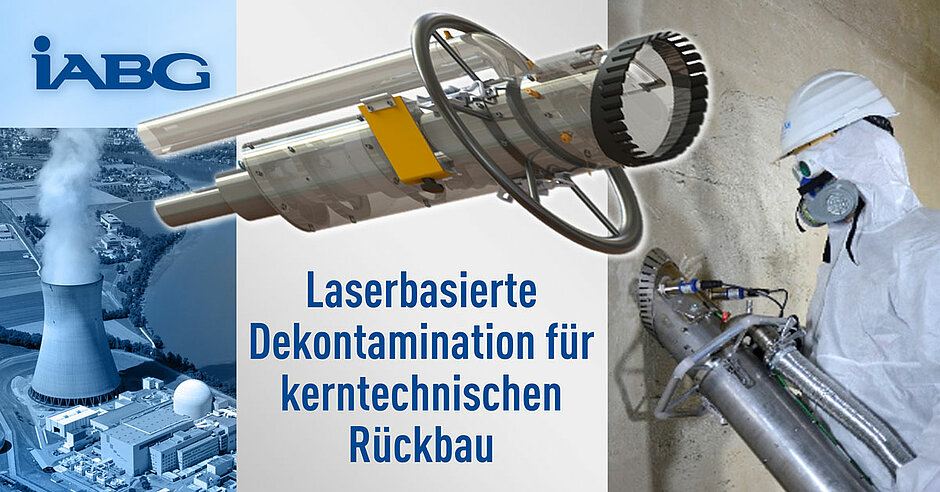The nuclear phase-out decided by the German government in 2011 leads to the premature decommissioning of nuclear facilities. During decommissioning, the disposal or safe final storage of contaminated materials are major cost drivers - the more waste, the higher the disposal costs. Not only radioactive material, but also polychlorinated biphenyls (PCBs) play a major role.
PCBs are highly toxic and their use has been banned since 1989. Before the ban, however, PCBs were widely and readily used as construction chemicals, including as plasticisers in paints. This is also how they found their way into nuclear facilities. To protect concrete surfaces from the penetration of radioactive nuclides, interior walls and floors were coated with protective paints containing PCBs. During dismantling, these PCB-contaminated surfaces must now be removed and disposed of properly. The disposal costs due to the large quantities of PCB-contaminated material are immense.
As part of the BMBF-funded research project "LaPLUS", IABG has developed a laser-based process for removing protective coatings containing PCBs in cooperation with the TU Dresden and the TU Bergakademie Freiberg. IABG's many years of expertise in the conception, design, technical project support and realisation of special machines and special tools for use in nuclear facilities was decisive here. The process was verified experimentally on the basis of the current state of laser technology. In cooperation with the manufacturers Laserline, Trumpf and IPG Laser, tests were carried out with different types of lasers, the respective ablation behaviour was investigated and important findings regarding the ablation behaviour and the suitability of different laser types were obtained.
As a result, the LaPLUS process proved to be significantly more economical than mechanical decontamination. The lower amount of contaminated material that has to be disposed of plays the biggest role in cost savings. Based on this, the previously manually operated LaPLUS process is now to be further developed into an automated system. In practice, automation offers advantages in terms of economic efficiency, flexibility of the process and occupational safety during dismantling. Corresponding enquiries have already been received from customers who want to use remotely operated, laser-based decontamination for operational dismantling
